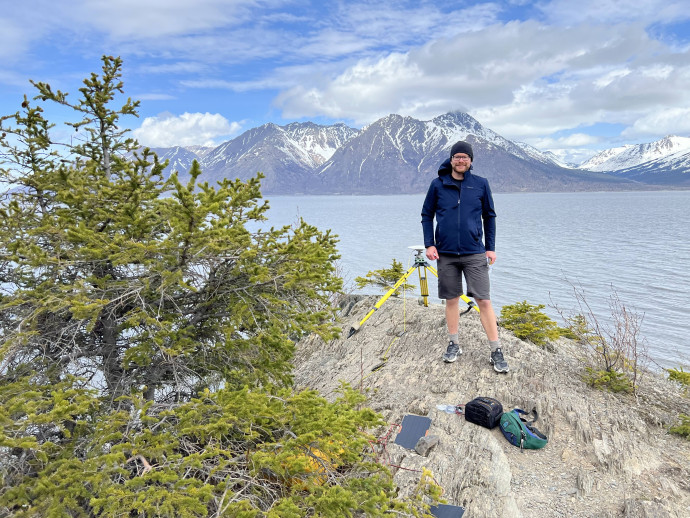Solving the mystery of the legendary Haowhenua earthquake

Māori remember the earthquake that reshaped Te Whanganui-a-Tara Wellington’s terrain more than half a millennium ago. Dr Chris Rollins from Te Pū Ao GNS Science will combine sophisticated geophysical analysis with mātauranga to determine how the Haowhenua earthquake occurred and what risks a repeat would pose for the region
Published on 7 Whiringa-ā-rangi November 2024
The first Māori settlers found Te Whanganui-a-Tara a different place than the landscape we know now. One of the most striking examples is Te Motu Kairangi, or the Miramar Peninsula. When Māori arrived in the region, Te Motu Kairangi was an island - it only became a peninsula around 1460 AD when a powerful earthquake, the Haowhenua quake, thrust up the land bridge that now connects Miramar to the mainland. Despite the enormous significance of the Haowhenua earthquake, we are still lacking key geophysical data that would help us to predict and prepare for a repeat event.
Dr Rollins has received a Marsden Fast-Start award to investigate how this earthquake was triggered and how exactly it impacted the region. The team will collect detailed geological and geophysical data and run simulations to determine how large the earthquake was and which fault ruptured. Centuries-old mātauranga about the earthquake, passed down from those who experienced it first-hand, will be a key dataset. Specifically, the project will include wānanga with Muaūpoko iwi to discuss descriptions of the earthquake that appear in its name, in waiata and in local legends.
By weaving together sophisticated scientific analysis and stories of human experience, this project will advance our understanding of one of the country’s most legendary and destructive earthquakes. The more we know about disasters of the past, the better we can prepare for those of the future.
